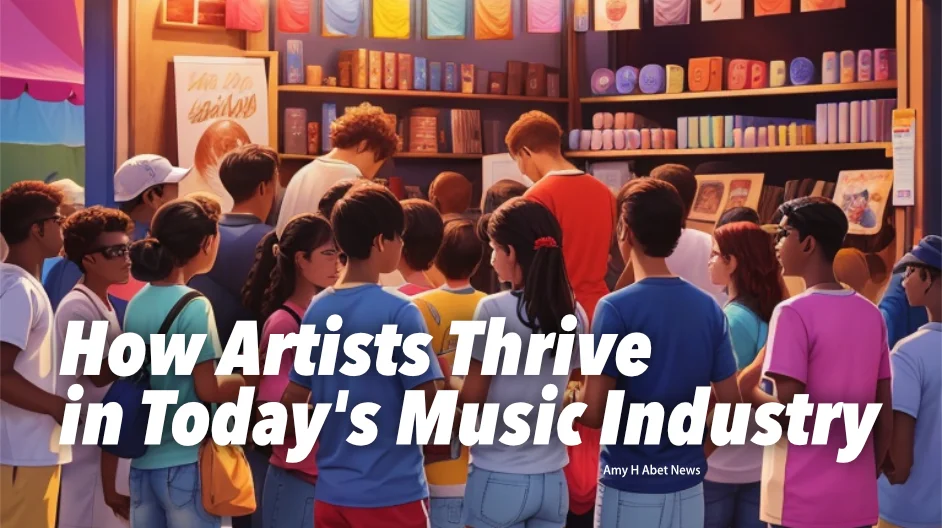How Artists Thrive in Today’s Music Industry

Diversifying Revenue Streams
The music industry has undergone a dramatic transformation over the past decade, with the rise of streaming platforms altering the way artists make a living. Traditionally, album sales served as a significant source of revenue for musicians, but streaming royalties have proven to be insufficient to sustain their careers. In response to this shift, artists have become innovative in seeking out alternative income sources. One key aspect that has emerged as a lifeline for many artists is the strategic use of merchandise. In this article, we will explore how artists are navigating the evolving music landscape and diversifying their revenue streams to thrive in today’s competitive industry.
The Streaming Challenge
With the advent of music streaming services, such as Spotify, Apple Music, and Amazon Music, consumers have moved away from purchasing physical albums and digital downloads. Instead, they prefer the convenience of on-demand music at their fingertips. While this change has undoubtedly made music more accessible, it has also posed a significant challenge for artists, as streaming royalties often amount to only a fraction of a cent per stream.
For many artists, the transition to streaming has resulted in a decline in traditional revenue streams. Earnings from album sales, once a significant source of income, have dwindled significantly, leaving musicians struggling to make ends meet and invest in their future projects. This financial strain has led to concerns about the sustainability of careers in the music industry, especially for emerging and independent artists who lack the backing of major record labels.
As artists adapt to the new landscape, many have turned to merchandise as a viable revenue stream. Merchandise, such as t-shirts, hoodies, hats, and other branded products, has become an integral part of an artist’s business model. Fans often purchase merchandise to show their support and loyalty to their favorite musicians while getting something tangible in return.
1. Strengthening Fan Connections
Merchandise serves as a powerful tool for artists to connect with their fanbase on a more personal level. By offering unique and appealing merchandise, artists create opportunities for fans to express their love for the music and the artist’s brand. This emotional connection enhances fan loyalty, fostering a sense of community that goes beyond the virtual world of streaming.
2. Additional Revenue Stream
By leveraging their brand and creativity, artists can turn merchandise into a lucrative income stream. While streaming royalties may not be substantial, successful merchandise campaigns can generate substantial profits. Artists are not only selling to fans but also using merchandise as a marketing tool, extending their reach and attracting new listeners.
3. Artistic Expression and Branding
Merchandise design allows artists to showcase their creativity and unique style. Each piece of merchandise becomes a canvas for artistic expression, reinforcing the artist’s brand identity and helping them stand out in a competitive market.
4. Exclusive Limited Editions
Artists often release limited-edition merchandise, creating a sense of urgency among fans to purchase these items before they sell out. This exclusivity not only boosts sales but also fosters a sense of collectibility, making fans feel like they are part of an exclusive club.

The music industry’s shift towards streaming has transformed the way artists make a living. While traditional album sales have declined, artists have adapted by diversifying their revenue streams. Merchandise has emerged as a vital component of their income, providing a means to connect with fans, showcase creativity, and generate additional income.
As artists continue to navigate the evolving music landscape, it is essential for them to embrace innovation, explore new opportunities, and leverage social media to reach a wider audience. By adopting a strategic approach to merchandise and engaging with their fanbase, artists can thrive in today’s competitive music industry and secure a sustainable future for their careers.
Amy H





